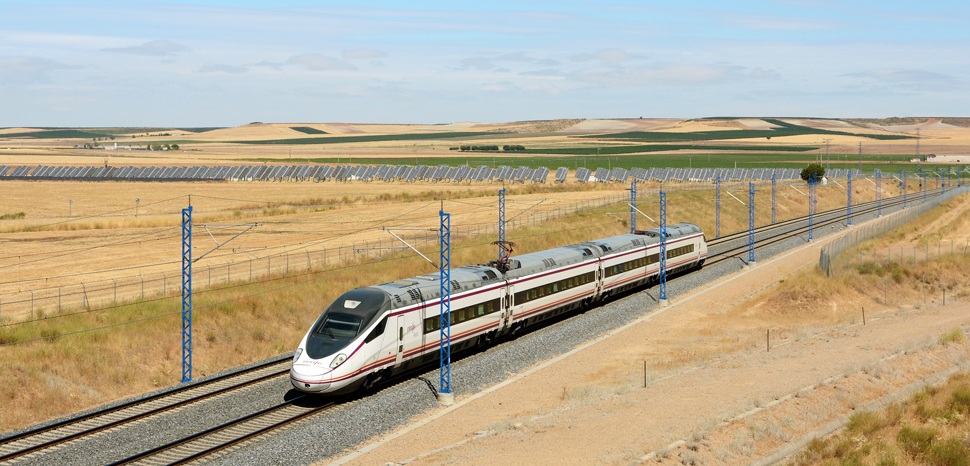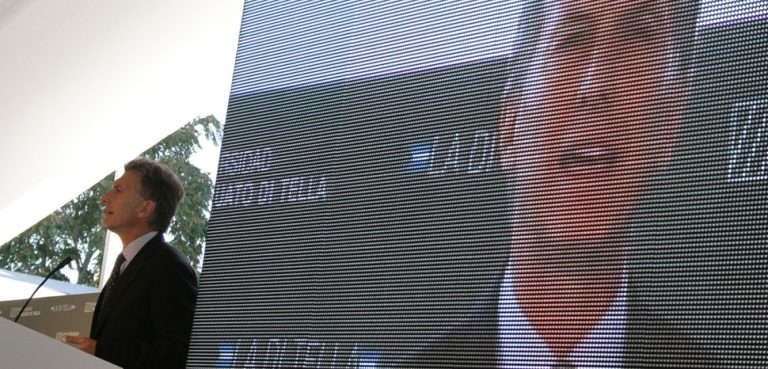Over the past 15 years or so, at the instigation of the World Bank and China, Africa has implemented a strategy of “infrastructure-led growth,” financed by China. Today, the IMF, in a report on Ethiopia published in early 2020, acknowledges the limits of this model. However, the damage is done, as we reported in two previous pieces. The first one outlines how this strategy has been applied in Ethiopia and the resulting economic imbalances (China’s Infrastructure-Heavy Model for African Growth Is Failing). The second one sets out the effects on Djibouti’s debt (Djibouti’s Chinese Debt). What we are denouncing in these two pieces is the ideological attitude of the actors – the World Bank, as well as Chinese actors. For the projects financed by China in Africa, both were so confident of being right that they botched their feasibility and profitability studies which did not fully take into account all the geopolitical and geo-economic factors relating to these projects.
Ethiopia and Djibouti are not the only victims. Even if details may differ, Yuan Wang and Uwe Wissenbach, in relation to the railway line built between Mombasa and Nairobi, tell a story identical to that of the Djibouti – Addis Ababa railway. When the Kenyan government came up with the idea of modernizing the railway line between the capital and its port, four options were open to it. The first was a plan to rehabilitate the existing metric gauge network; the second was to upgrade the existing network to a higher standard using the same gauge; the third was to upgrade the existing network to a standard gauge system on the same network; and the fourth proposed the construction of a standard gauge railway on a new line. Although a renovated metric gauge network would have been the most appropriate option in economic and financial terms, it was, as in Ethiopia and Djibouti, the most expensive formula that was chosen, a splendid solution (a real showcase for Chinese technologies), but absurdly expensive for very poor countries and in view of the currently very limited profitability.
These experiences should be put into perspective, particularly the railway line between Djibouti and Addis Ababa. The choice of the Moroccan TGV was obvious because it was considered by the Moroccan opposition press as an expensive investment, oversized and only intended to feed the image of the King of Morocco. I will not discuss the relevance of these observations, which are partly in line with those I made for the Djibouti-Addis Ababa railway project, but with one considerable difference: The Moroccan TGV is a definite commercial success and not a “white elephant.” At the same time, the material on file provides particularly instructive elements for comparison.
The financing plan was drawn up by the French development agency (Agence française de développement, AFD) in 2011 for a project with a 2018 horizon. Immediately noteworthy is the multiplicity of sponsors. Instead of a closed confrontation between the China Exim Bank alone and the government of Djibouti (or Ethiopia, depending on the railway section), no less than eight financiers are contributing to the Moroccan project. In other words, the assessment of feasibility and profitability was not left to two isolated and possibly complicit partners, but was entrusted to a plurality of stakeholders with potentially divergent interests. Admittedly, financing from French funds (three contributors providing 920 million euros out of a total of 1,800) is in the majority (51%), financing from Moroccan funds (one contributor and the national budget) comes second (28%) and financing from Arab funds (four contributors) follows with 21%.
Also worth noting are the funding conditions, at least for the French funds for which information is available. The French fund for private sector assistance (Fonds d’études et d’aide au secteur privé, FASEP) finances 4% of the project in the form of a grant. The French fund for emerging countries (Réserve des pays émergents, RPE) is financing 35% of the project in the form of a 40-year subsidized loan (1.25%) with a 20-year grace period. The RPE is a specific fund for the development and promotion of French companies and technologies particularly adapted to the railway sector. Finally, AFD is financing 12% of the project in the form of a 2.2% non-subsidized loan over 20 years with a 10-year payment deferral, thus financing the sleeper factory and the viaducts on this site.
We therefore note that the largest loan – the RPE loan which was in fact devoted to the purchase of French rolling stock (Alsthom) – offers rate and term conditions infinitely better suited to a developing country than the China Exim Bank conditions for poor countries such as Ethiopia and Djibouti (in 2010 when the Moroccan project was launched, Morocco’s GDP per capita was four times that of Ethiopia and 75 times that of Djibouti). The initial contract between Djibouti and Exim Bank provided for a loan with an interest rate equal to LIBOR + 3%, which at the time of the 2019 crisis we reported resulted in an annual interest rate of 6%, whereas the RPE formula uniformly guaranteed a fixed rate of 1.25%. Both loans were sovereign guaranteed loans. The Exim Bank’s loan was only for 15 years with a 5-year grace period; here again, the RPE loan offered conditions much better suited to a developing economy: a 40-year term with a 20-year grace period. The latter conditions leave better scope for some profitability before having to repay the lender. The RPE rate is a subsidized rate, so it should be noted that AFD’s non-subsidized loan (2.2%) is also much cheaper than Exim Bank’s – even if LIBOR was zero.
From a simple accounting point of view, an investment is profitable only if the internal rate of return is higher than the interest rate paid for the loan. It is understood that the lower the interest rate, the more likely the project will work and the more likely the lender will be repaid. However, there is a wide gap between the rates of return calculated in the preliminary studies and the actual rates, as shown in a French parliamentary report on French high-speed lines presented to the French National Assembly in 2016. As a rule, and more particularly in a developing country, to achieve such a rate of return, an investment in rail infrastructure would require very long-term financing, sometimes even 50 years, if not 75 years.
Let’s look again at Morocco where, with a French loan of 150 million dollars, with a 40-year term, a 10-year payment deferral and an interest rate of 0.0016%, Morocco acquired in 2020 a fleet of thirty “new generation” locomotives (Alstom) with their equipment and spare parts. Also, the characteristics of this loan obviously make it much more affordable and sustainable for a developing country than the China Exim Bank conditions mentioned above.
These Moroccan experiences show that “traditional partners” are still present and active in Africa and continue to offer solutions. So, what can we conclude from a comparison with China? That France would do better than the Chinese? Certainly not. In the two aforementioned pieces, I emphasized that China was granting tied credits requiring the exclusive reliance on Chinese products. The two Moroccan examples show that France, like China, can use the credits it grants to support its economy even if it does not do so absolutely and systematically. By granting an RPE loan, France is directly supporting Alstom, which produces the TGV train sets (first loan) and Prima locomotives (second loan) it supplies to Morocco. In so doing, France is making full use of the Keynesian multiplier theory according to which any increase in demand would result in a more than proportional increase in GDP. Low rates (respectively 1.25% and 0.0016%) are certainly an excellent commercial argument; at the same time, they also signal the profitability of the French economy: Morocco is not really expected to repay its loans, the Keynesian multiplier takes care of repayments before Morocco does.
A country’s indebtedness does not take its meaning from the mere statement of its financial weight; its meaning will always depend very largely on its usefulness for the development of that country. It is therefore not so much the size and terms of the loans as the usefulness of the projects financed by these loans that can be problematic. The issue of indebtedness is closely bound up with the mutual responsibility of the parties, borrower and lender. The Report of the International Conference on Financing for Development, held in Monterrey, Mexico, from 18 to 22 March 2002, makes this clear in paragraph 47: creditors and debtors must be held equally responsible for preventing and resolving an unsustainable debt situation.
Given the current situation, financiers must assume their responsibilities, especially when they have overly praised an economic strategy that proves to be ill-suited. As I pointed out, the lenders have benefited from the Keynesian multiplier to make their loans profitable, so the economic and social benefits of cancelling such debts would outweigh the drawbacks of breaching the financial doxa. Assuming that such a cancellation is accepted by the G20 members – including China, which a priori is strongly opposed to it, as Xi Jinping’s speech of 18 June 2020 makes clear – private creditors would still have to be convinced to limit the profits they expect to make and to set up, as Hamid Rashid and Joseph Stiglitz are calling for, a multilateral facility to buy back their claims that could be managed by the IMF.




